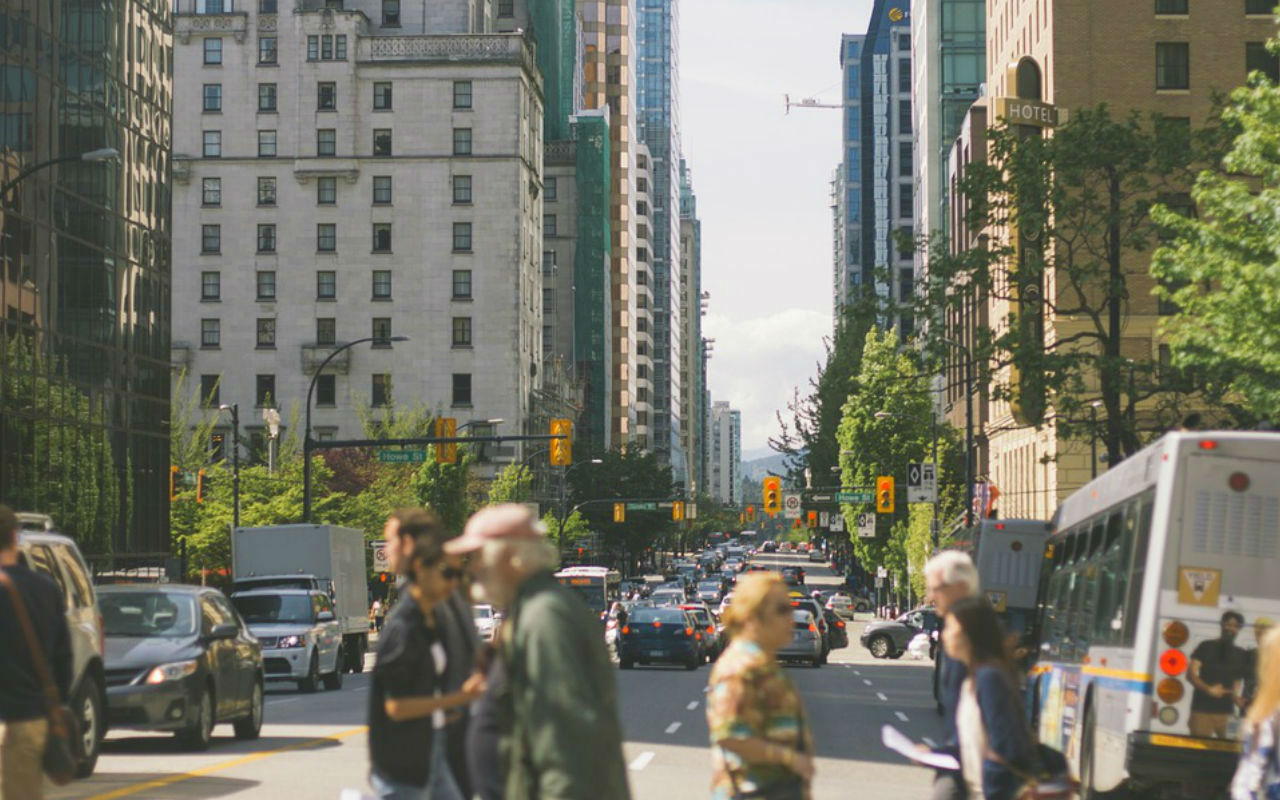Longevity in cities

*Henrietta L. Moore
The world is in the midst of an unprecedented demographic change. According to the World Economic Forum, before 2020, over-65s will make up a greater proportion of the global population than under fives. In Europe, life expectancies are said to be increasing by five hours per day. Along with this, 3 million people move to cities each week, with current projections suggesting 2.5 billion people will be added to urban populations globally by 2050. These factors, along with the growing reality of climate change pose an unprecedented challenge to current economic models for sustainable cities.
Cities have always been the pioneers of economic growth, as well as hubs of innovation and transformation. They are often seen as the endpoint of development. But in the transition to a post-fossil fuel economy, there is still a long way to go. For generations, the main aim of policy-makers has been to achieve economic growth at any cost. Since the financial crash in 2008, the general thrust of policy is to get back to higher growth as soon as possible. But economic and material growth do not equal social progress. If we are going to start delivering social value, growth and development need to be discussed in qualitative rather than quantitative terms.
Prosperity can no longer be thought of simply in economic terms. It isn't just about wealth and growth in the economy or GDP. It’s about flourishing and well being, the health of society and social relationships, and having educated and satisfied citizens who have choice and freedom. But, what will the prosperity of cities look like in the future as the massive demographic changes take hold? The ageing population will transform our economies and social care systems, creating new ways of living as people live longer. How will this affect the cities of the future?
The cities of the future will need a new approach to health care, and one that is embedded in the ecological sustainability of place as well as people. One area where there is massive room for improvement is the production and distribution of food. Currently, much of the food that is eaten in cities is produced by industrial farming techniques, far away from the city. This is bad for environmental sustainability, and can limit the options for many older and poorer residents. Many cities have become ‘food deserts,’ meaning fresh produce is unaffordable for many citizens.
Urban agriculture is one way cities can gain fresh, cheap food, and many are already experimenting with vertical farming. In Berlin, some supermarkets are already equiped with tiny vertical farms that both grow and display the produce. Initiatives like these would allow ‘city farms’ to grow fresh produce at affordable prices in locales that could be readily accessed by all. The food security of future cities, where many residents are above the age of 65 years, will be an ongoing challenge. In cities like Detroit - previously a notorious food desert - hundreds of urban farms are springing up, not only providing income and food in economically destitute areas, but also reimagining the city as an ‘edible landscape’ that provides green spaces for leisure, as well as the opportunity for physical mobility and fitness through growing your own food. All these changes have the potential to transform the current relationships between the land, producers and consumers.
Cities are about planned living, but overcrowding, accompanied with rising loneliness is another challenge our cities face, as demographic change transforms family structures. Some existing solutions might offer a way forward. In London, there is a well-documented housing shortage. As a result, co-living spaces are becoming an option for Londoners in search of a home. One current co-living space hosts over 500 people. They each have a private room, but share kitchens, gardens, cinemas, a spa, a gym and workspaces communally. In a sense, this is the sharing economy, applied to housing. The cities of the future need to be reimagined as a series of economic, social, and cultural ecologies that care for people through the sustainability of place.
*Henrietta Moore is Director of the Institute for Global Prosperity and Chair in Philosophy, Culture and Design at University College London
Museum of Tomorrow is an Applied Sciences museum which explores the opportunities and challenges which humanity will be forced to tackle in the coming decades from the perspective of sustainability and conviviality. Launched December 2015 by Rio de Janeiro City Hall, Museum of Tomorrow is a Culture asset from Rio's Secretary of Culture currently managed by Instituto de Desenvolvimento e Gestão (IDG). Example of a well-succeeded partnership between public power and private initiative, it has already received over three million visitors since opening. With Santander Bank as a Master Sponsor and a wide network of partner sponsors as Shell, IBM, IRB-Brasil RE, Engie, Grupo Globo and Instituto CCR, the museum was originally conceived by Roberto Marinho Foundation.
